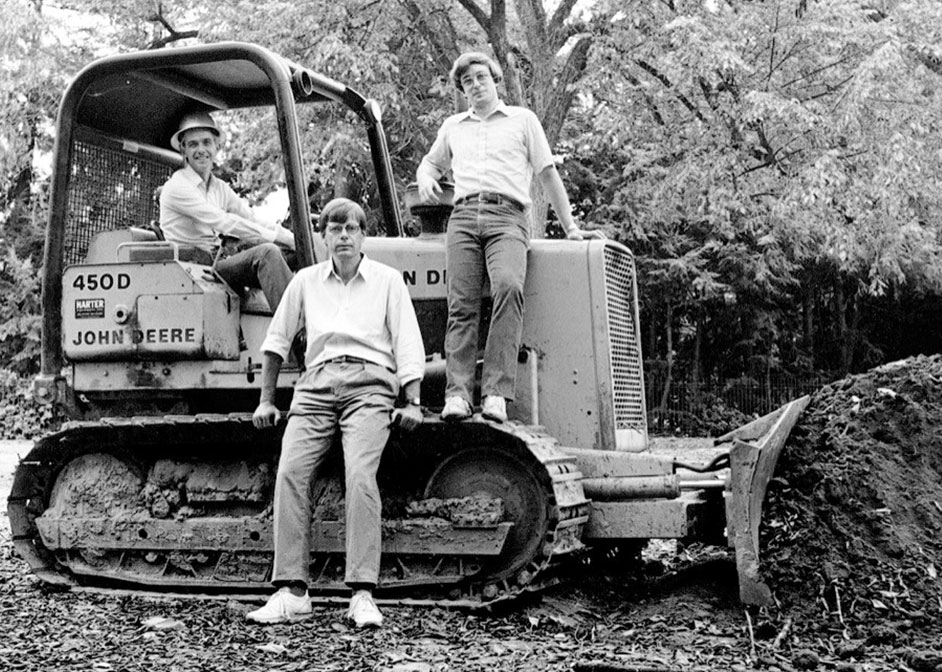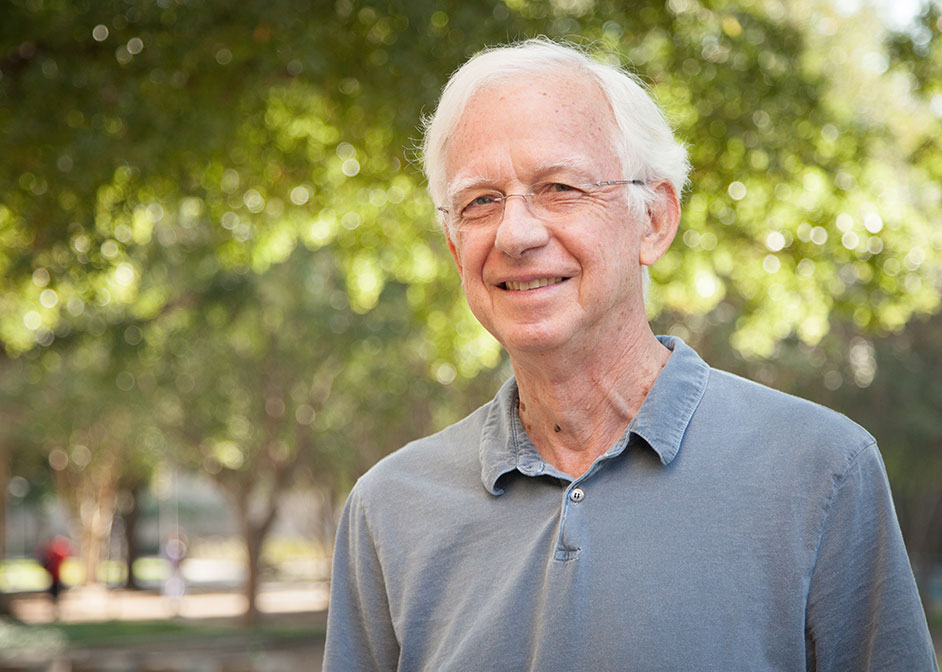Research Contributions Include Theory of Mountain Belt Formation
John Suppe, Distinguished Professor of Earth and Atmospheric Sciences in the College of Natural Sciences and Mathematics, has been elected as a Fellow of the American Geophysical Union.

This honor, bestowed on members “whose visionary leadership and scientific excellence have fundamentally advanced research in their respective fields,” is limited to only 0.1% of AGU membership in any given year.
Suppe-Davis-Dahlen Theory
Suppe, an AGU member since the 1960s, was nominated by one of his former students, Dan Davis, with whom he published a classic paper on the mechanics of mountain belt formation. This paper, published in 1983, outlined what is now known as the Suppe-Davis-Dahlen theory of critical-taper wedge mechanics.
“When we started this off, we didn’t realize where it was going to lead,” Suppe said.
This theory started as an undergraduate honors thesis, with Davis modeling mountain belt mechanics using models constructed with sand.

“Dry sand has very similar mechanical properties to the Earth’s crust,” Suppe said.
Their theory was that mountain belt formation is identical to the wedges of soil or snow that accumulate in front of a moving bulldozer or snow plow. This theory was supported by evidence from a sabbatical year Suppe spent in Taiwan, studying mountains formed by the collision of the Philippine Sea plate and China.
With the addition of an exact mathematical theory provided by geophysicist Tony Dahlen, this paper has been cited thousands of times and offers insight into crust deformation, petroleum exploration, as well as applications for assessing earthquake hazards.
Since then, Suppe has continued his work in mountain belt formation.
“This is a subject we published in papers, then quit to do other things, but it’s a little bit like swearing off cigarettes, you just keep coming back to it,” Suppe said.
Center for Tectonics and Tomography: Using Seismic Tomography to Reconstruct Tectonic Plates
Suppe’s current research interests include his work as director of the University of Houston’s Center for Tectonics and Tomography. As part of the Center’s work, they use seismic tomography, which is information from waves generated from earthquakes or small explosions, to image the Earth’s subsurface. This allows them to reconstruct a history of the Earth’s tectonic plates.
“It turns out that when plates are subducted into the Earth’s interior, they don’t disappear,” Suppe said.
“What we’ve found is that we can map these plates in 3D using tomography, then reconstruct these plates to show where they were previously located on the Earth’s surface.”
AGU Fellows will be honored at the 2019 AGU Meeting, which will be held in San Francisco from December 9 to 13.
- Rachel Fairbank, College of Natural Sciences and Mathematics